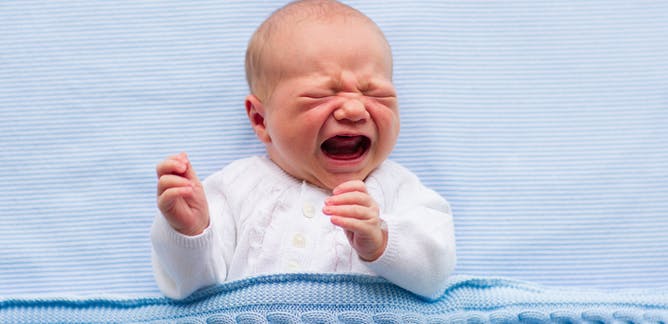Circumcision Melbourne procedure can be done by the pediatrician or by the doctor of surgery. A pediatrician is a specialist doctor who treats children and their issues. A Pediatrician performs the circumcision procedure without any anesthetic. The doctor uses local anesthesia throughout the entire operation. You will only feel the coldness of your skin during the operation. After the operation, you may feel burning sensations.
You may experience complications if you are a man after your circumcision procedure. The main risks include bleeding and infection. Although it is rare, you can also suffer from severe complications. Some of these risks include hematoma, damage to the internal organs.
Many people believe that they won’t have to worry about bleeding after their circumcision procedure. This is false. Your doctor might recommend that you go home the same day as your surgery. You may experience some bleeding but this should stop in a day or two. If bleeding continues for more than two days, you should contact the hospital immediately. You should stay there until your wound starts to heal.
After his infant circumcision, your newborn may experience complications. One of these complications is infection. Because the wound is so large, the baby’s tears can infect it. This is possible, although it is rare.
Death is another possibility. However, this rarely happens because most doctors make sure that the baby is as healthy as possible. Most of the time, death due to the circumcision procedure occurs when the bleeding and the tightness aggravate the wound. This can also happen if the baby’s health is not good. Other complications include infections or necrotizing injuries. If either occurs, the doctor may decide to operate on the baby to stop both of them.
Other complications include the presence of sexually transmitted infections. The main concern with this is the decreased risk of acquiring an STD. In most cases, the foreskin is removed because the foreskin can be easily infected. Also, there are many bacteria present in the region that can be sexually transmitted during the circumcision procedure.
Male genital warts are another condition that can be caused by having multiple circumcisions. This condition is known as a Herpes Simplex Virus, (HSV). Having fewer than five circumcisions will reduce the chance of contracting the disease. Moreover, having genital warts does not necessarily mean that the person has acquired the illness. There are many individuals who only discover they have genital warts after the fact. There are many medical reasons why people may want to undergo a circumcision procedure. Parents should be educated about the various options available to their child, as well as the pros and cons of each.
Wrapping in cloth or gauze is not something that anyone likes, especially for infants and small children. This is why it can be beneficial for parents to use petroleum jelly prior to the adult circumcision procedure. Using petroleum jelly prior to the procedure will make the procedure easier on the infant and more comfortable for the adult patient.
The reason why an infant may have difficulty recovering from the surgical clamp is because he has developed a tight bandage over his penis. This typically occurs if the infant is born before two months of life and then has an intact umbilical cord. The tight bandage can slow down the process of the surgical clamp releasing as the baby grows. Therefore, parents should allow the infant to recover from the clamp and then use a warm pack to help ease the soreness and the discomfort of the wound.
Many babies don’t like hospital gowns, and many adults do not like hospital gowns. Parents may allow their newborn to wear loose clothing, which allows for the skin to breathe and provides comfort for the infant during recovery. In most cases, doctors recommend that newborns wear loose clothing during the first day of life until they are weaned by their parents. Doctors recommend that newborns don’t wear clothing for more than four weeks. A small hospital gown is often worn by infants in the last few weeks before they are weaned.
